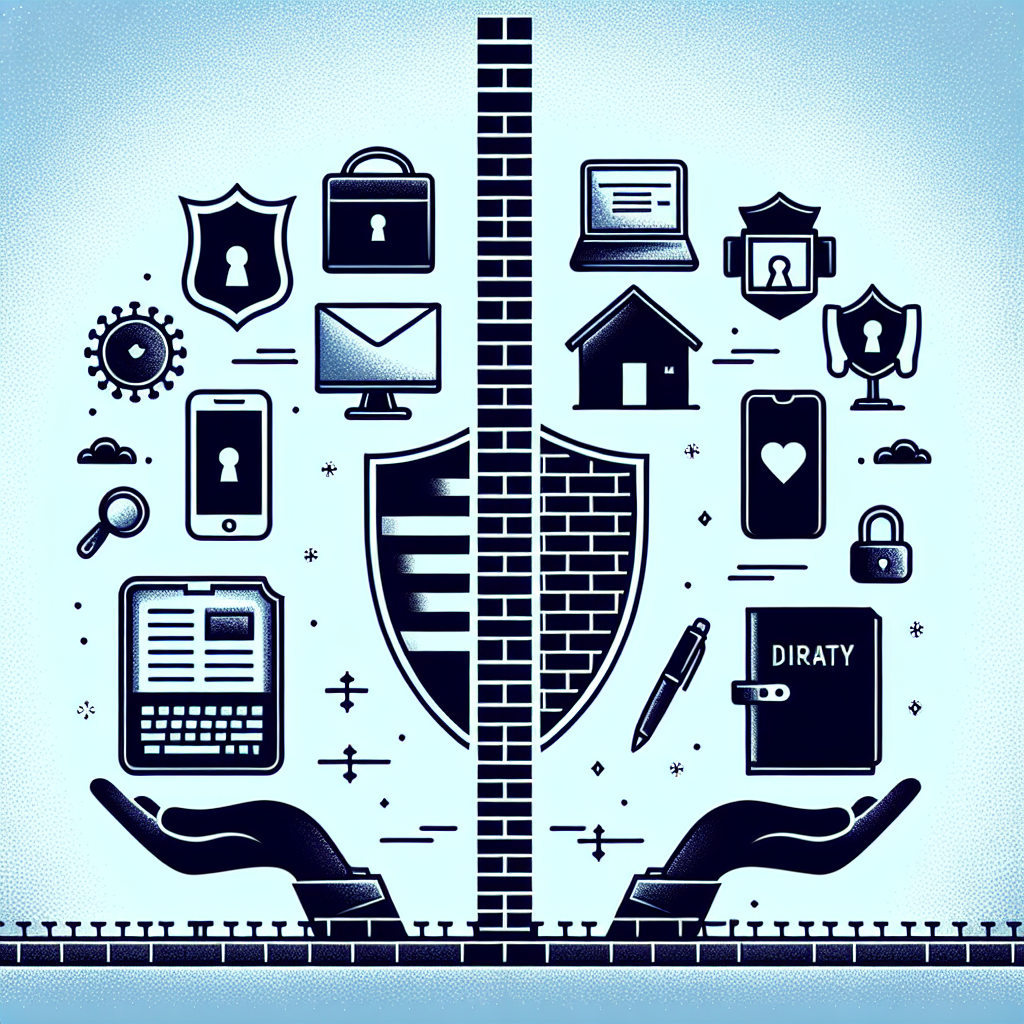Understanding Privacy in the Age of Big Data
The Era of Big Data
Big Data refers to the monumental volume of data generated every second from various sources like social media, IoT devices, online transactions, and even government databases. Organizations leverage this data for insights, predicting consumer behavior, and tailored marketing efforts. While these advancements provide numerous benefits, they also raise significant concerns regarding individual privacy.
How Data is Collected
Data collection occurs through numerous channels:
-
Social Media: Platforms like Facebook and Twitter extract personal information, user activity, and preferences. Algorithms analyze these data streams to drive targeted advertising.
-
Browsing Behavior: Cookies and web tracking technologies help companies monitor your online footprint. Every click, scroll, and interaction online contributes to your digital profile.
-
Mobile Applications: Mobile apps often collect location data, contact information, and user interactions. The fine print in terms of service agreements frequently allows this data to be shared with third parties.
-
Smart Devices: The rise of the Internet of Things (IoT) has introduced smart home devices that continuously gather data about users’ habits, preferences, and routines.
-
Public Records: Governments collect a plethora of data related to citizens, including taxes, health records, and criminal histories, which can also be compiled and analyzed by private entities.
The Threat to Personal Privacy
As data collection methods become more sophisticated, individual privacy becomes increasingly compromised. Potential threats include:
-
Surveillance Capitalism: Companies manipulate vast amounts of personal data to predict and influence behavior. The constant monitoring blurs the line between personal agency and corporate control.
-
Data Breaches: High-profile data breaches expose sensitive information. In 2021, more than 22 billion records were compromised, putting users at risk of identity theft and financial fraud.
-
Lack of Control: Most users are unaware of how their data is used or shared. Terms and conditions often contain complex legalese, making it difficult for individuals to manage their digital footprints.
-
Targeted Advertising and Manipulation: Companies can predict and manipulate consumer choices through tailored advertisements, possibly influencing everything from purchasing decisions to voting behavior.
-
Third-Party Access: Many apps and services allow third-party access to user data, raises concerns regarding who ultimately controls personal information and how it can be used.
Legal Frameworks Governing Data Privacy
Several laws and frameworks attempt to safeguard personal privacy in the age of Big Data:
-
GDPR (General Data Protection Regulation): Enforced in the European Union, GDPR mandates consent before collecting personal data, enabling users to exercise control over their information.
-
CCPA (California Consumer Privacy Act): This U.S. law offers California residents significant rights, including the ability to know what personal information is collected and the option to request its deletion.
-
HIPAA (Health Insurance Portability and Accountability Act): This legislation protects medical records and personal health information, ensuring that healthcare entities maintain confidentiality.
-
COPPA (Children’s Online Privacy Protection Act): This law specifically protects the privacy of children under 13 by requiring parental consent before collecting data from them.
The Role of Technology in Privacy Protection
To combat privacy breaches, several technologies are available for users:
-
Encryption: Encrypting personal data adds a layer of security, making it difficult for unauthorized parties to access sensitive information.
-
VPN Services: Virtual Private Networks help mask users’ locations and encrypt data transmitted over the internet, protecting against eavesdropping.
-
Browser Extensions: Add-ons like ad blockers or privacy-focused extensions can help users limit data collection while they browse the web.
-
Privacy-Focused Search Engines: Services like DuckDuckGo do not track user searches or store personal information, offering a more private browsing experience.
-
Data Protection Tools: Various applications and tools allow users to manage their data permissions and even delete stored data from different platforms, providing enhanced control over personal information.
The Ethics of Data Usage
The ethical dimensions of big data usage are hotly debated. Ethical considerations include:
-
Informed Consent: Users should be informed clearly about what data is collected and how it is used, which is essential for ethical transparency.
-
Data Minimization: Organizations should only collect data vital for their operations to protect user privacy more effectively.
-
Accountability: Companies must be held accountable for ethical data usage. Unethical practices could have severe repercussions, both legal and reputational.
-
Anonymity and Pseudonymization: When analyzing data, organizations can utilize anonymized data, ensuring individual identities remain protected.
-
Digital Rights: Advocates argue for the establishment of “digital rights,” emphasizing access to data, the right to delete, and the ability to control personal information.
Public Awareness and Action
Public awareness of data privacy issues has surged, driving demand for more robust protections. Key actions include:
-
Educational Initiatives: Direction from NGOs and educational institutions helps citizens better understand the implications of data privacy.
-
Advocacy Groups: Organizations like the Electronic Frontier Foundation (EFF) advocate for user rights in the digital landscape. Their campaigns aim to influence policy and raise awareness regarding privacy issues.
-
Demand for Transparency: People increasingly prioritize transparency from tech companies, urging them to clarify data handling practices.
-
Legislation Support: Citizens are encouraged to support stronger data protection laws that enhance individual rights and curtail corporate surveillance.
-
Digital Literacy: Improving digital literacy equips users with the tools to protect their personal information and make informed choices regarding data-sharing.
Conclusion
As society becomes more dependent on digital technologies, navigating privacy in the age of big data remains a complex issue. The balance between innovation and individual rights requires ongoing discourse, robust legal frameworks, and a commitment to ethical data handling practices.













Leave a Reply